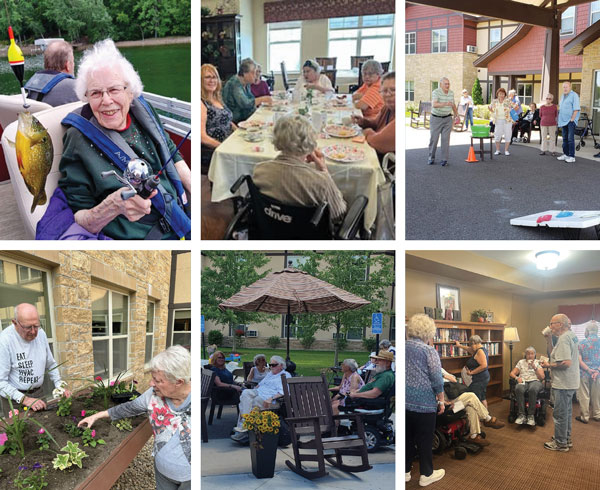Understanding the Initial Steps in Considering Assisted Living
Introduction:
When it comes to considering assisted living for yourself or a loved one, the process can be overwhelming. From choosing the right location and amenities to understanding the financial aspects and involving family members in the decision-making, there are numerous factors to consider. In this guide, we’ll break down the initial steps to help you navigate the process and make informed decisions about assisted living.
Start Early: Exploring Options and Communities
The first step to embarking on an assisted living journey is to start early. Researching and visiting various communities well in advance can provide you with a clearer understanding of the options available. As Karisa and Tina mentioned, each community offers different amenities and services, and it’s essential to explore these options thoroughly. Consider the location—whether you prefer an urban or rural setting—and the amenities offered, such as wellness centers, pools, or specific activities like pickleball. Starting early not only allows for an in-depth exploration but also eases the decision-making process without feeling rushed.
Bring the Family: Engaging in Open Communication
Securing a comfortable future in assisted living often involves the entire family. It’s crucial to have open and transparent conversations with family members early in the process. Bringing the family along on community tours can provide valuable insights and ensure that everyone is on the same page. Discussing financial assets, budgeting, and potential changes in healthcare directives ensures that everyone is well-informed and involved in the decision-making process. Open communication also helps set expectations and preferences, making the transition smoother for everyone involved.
Financial Considerations: Understanding Your Options
As you navigate the world of assisted living, it’s essential to speak with financial advisers and insurance providers to understand the financial aspects involved. Discussing long-term care insurance, potential waivers, and other financial options can help you plan and budget effectively. Engaging in these conversations early on, as Tina and Karisa emphasized, allows for a clearer understanding of what is available and what might be needed in the future. This proactive approach to financial considerations can contribute to creating a solid game plan for the family, making the transition into assisted living less daunting.
Individualized Planning: Tailoring the Transition to Your Needs
Every individual and family have unique preferences and needs. As you prepare to transition into assisted living, it’s important to tailor your plan to suit these specific requirements. This involves considering lifestyle preferences, healthcare needs, and the surrounding community. By individualizing the planning process, you can ensure that the chosen assisted living community aligns with your values and provides the necessary support for a fulfilling and comfortable lifestyle.
Conclusion:
Considering assisted living is a significant decision that requires careful deliberation and planning. By following the initial steps outlined in this guide—starting early, engaging in open communication with family members, and understanding the financial and individualized aspects—you can embark on this journey with confidence and clarity. Stay tuned for our upcoming videos where we’ll delve deeper into the financial considerations and individualizing the assisted living experience to suit your specific needs. Thank you for joining us, and remember, you’re not alone in this process.










